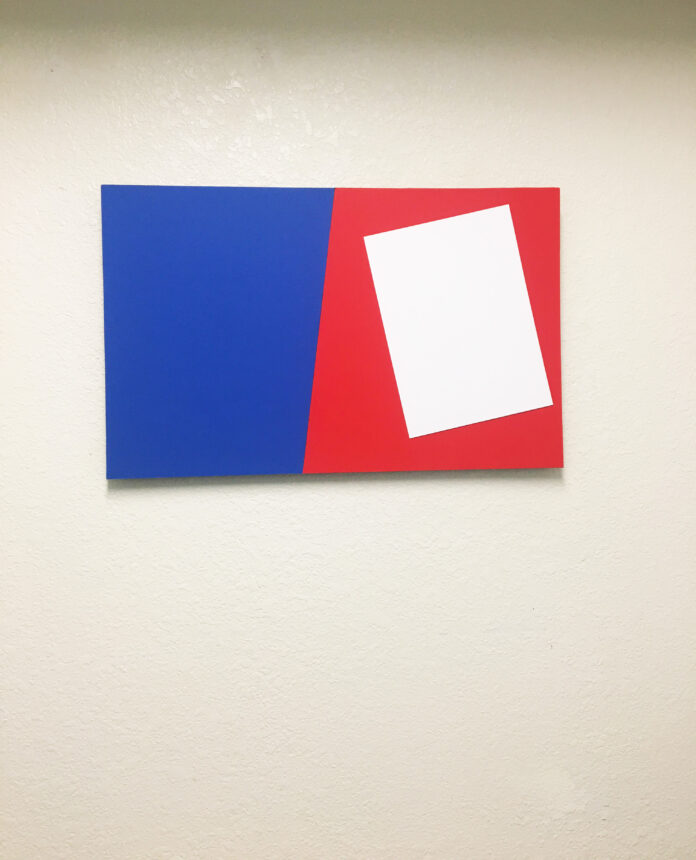Grupo Madí and Asociación Arte Concreto-Invención
Grupo Madí and Asociación Arte Concreto-Invención, Argentine abstract art movements. Both the Grupo Madí and the Asociación Arte Concreto-Invención emerged in Buenos Aires in the latter half of the 1940s. Each comprised a like-minded group of painters and sculptors working in more-or-less constructivist and geometric modes of nonrepresentational art. These artists came together for the purposes of exhibiting and supporting rival, although closely related, theoretical platforms, which were expressed in manifestos, publications, and “happenings.” The art of both groups appeared radical by virtue of its experimentation with new and often industrial materials, and its break with conventional sculptural and pictorial formats; sculptures and reliefs often employed movable components that invited the spectator’s participation.
Arte Concreto-Invención and Madí had a common point of origin in the magazine Arturo, published as a single issue in 1944, which had espoused the cause of abstract art in Argentina. Its contributors included Carmelo Arden Quin, Gyula Kosice, Tomás Maldonado, Lidy Prati, Rhod Rothfuss, and the poet Edgar Bayley. Maldonado, along with Prati, Alfredo Hlito, Manuel Espinosa, Enio Iommi, Claudio Girola, Raúl Lozza, Alberto Molenberg, and others officially inaugurated the Asociación Arte Concreto-Invención with a manifesto and an exhibition at the Salón Peuser in March 1946. That August, the Grupo Madí was launched with an exhibition at the Instituto Francés de Estudios Superiores that included Arden Quin, Kosice, Rothfuss, Diyi Laañ, and Martín Blaszko. The origin of the name “Madí” is contested; its meaning, depending on the source, is either nonexistent or an acronym, most convincingly of “movimento arte de invención.” Madí, too, had its manifesto, but the group soon splintered when Arden Quin and Blaszko broke away in 1947 to found a parallel group with the same name.
That same year, Lozza, Molenberg, and Lozza’s two brothers left the Asociación Arte Concreto-Invención and started yet another constructivism-based abstract group they called Perceptismo. The various factions of the Argentine avant-garde were invited to participate in the Salon des réalités nouvelles at the Palais des Beaux-Arts in Paris in the summer of 1948. In September, a similarly multilateral exhibition was held in Buenos Aires at the Van Riel Galería de Arte. Shortly thereafter, the Asociación Arte Concreto-Invención dissolved when Maldonado left for Europe at the end of the year. The Perceptismo group lasted until 1953, when its eponymous review ceased publication. Members of the Grupo Madí continued to exhibit together as a group until at least the early 1960s.




